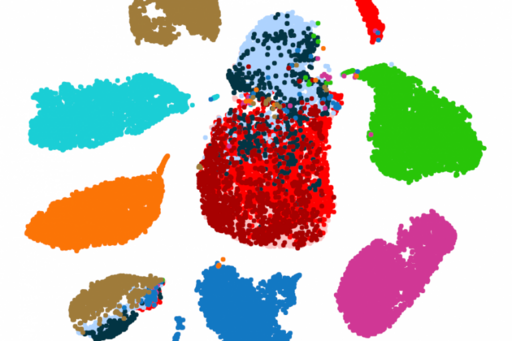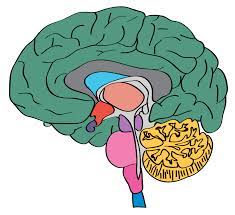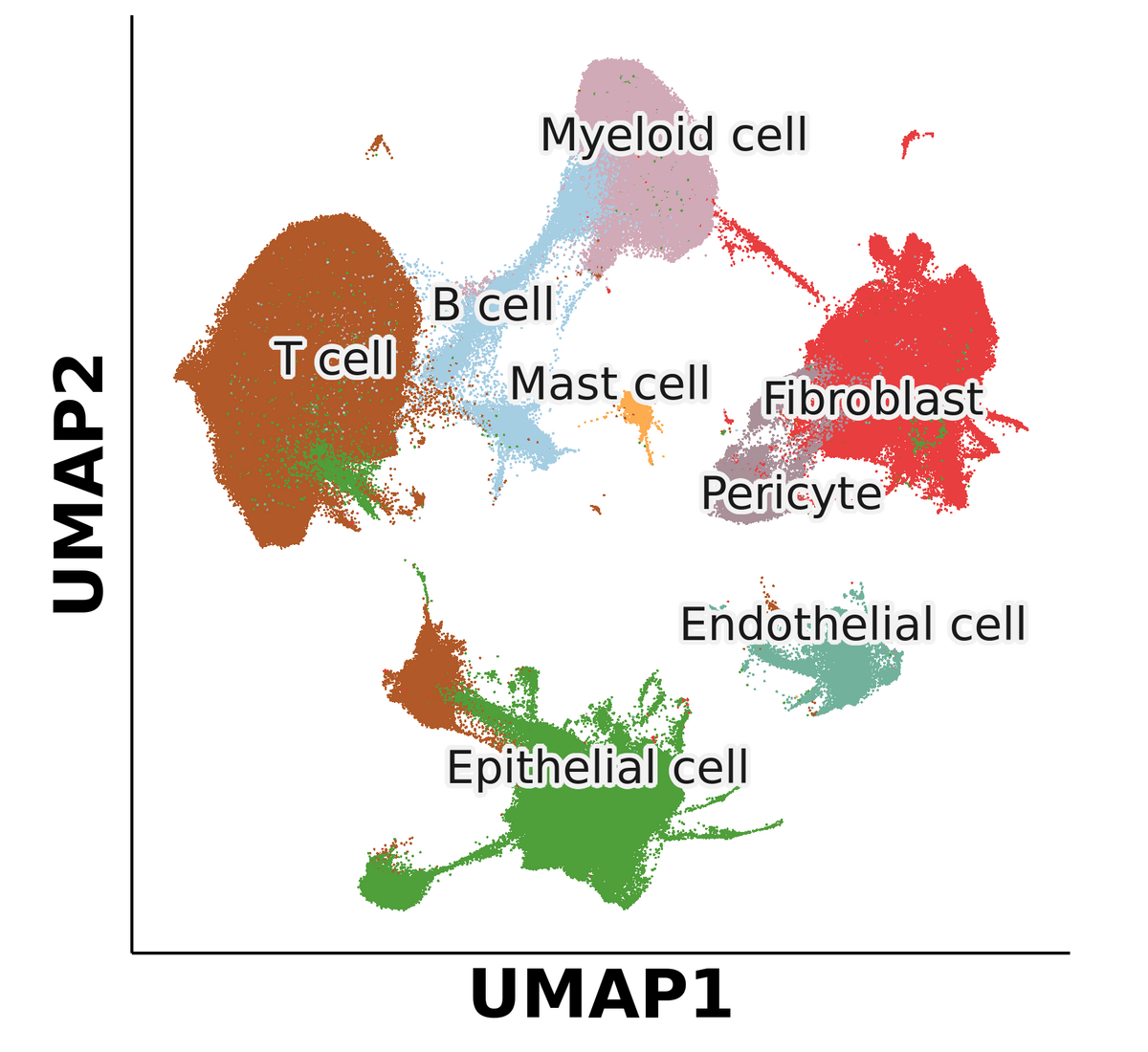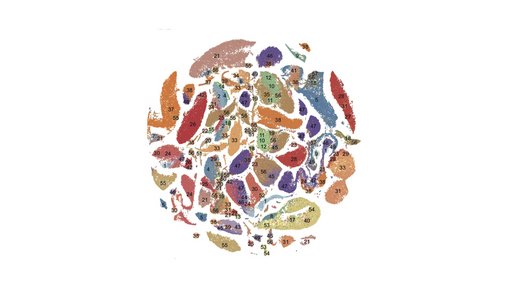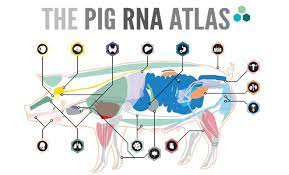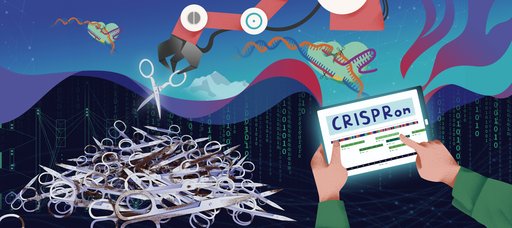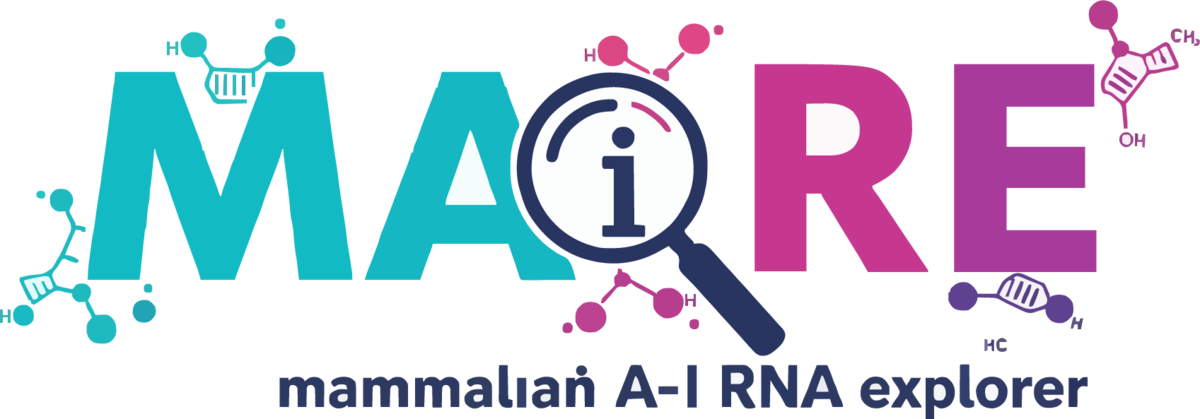Tools and Resources
OvCdb
The human Ovarian Cancer Single Cell Gene Expression database (OvCdb) contains currated and integrated gene expression profile from over half a million cells.
Cite: Commun Biol. 2024 Jan 26;7(1):131.
Pig Single Cell Atlas
A single cell transcriptome Atlas of pig organs.
Wang, F., Ding, P., Liang, X., Ding, X., Brandt, C. B., Sjöstedt, E., Zhu, J., Bolund, S., Zhang, L., de Rooij, L., Luo, L., Wei, Y., Zhao, W., Lv, Z., Haskó, J., Li, R., Qin, Q., Jia, Y., Wu, W., Yuan, Y., … Luo, Y. (2022). Endothelial cell heterogeneity and microglia regulons revealed by a pig cell landscape at single-cell level. Nature communications, 13
(1), 3620. doi.org/10.1038/s41467-022-31388-z
Advancing Xenotransplantation by Single Cell and Spatial OMICS (PigX)
This database is created to enable the exploration of gene expression changes at the single cells level for conditions related to xenotransplantation applications.
Version 2022v1 contains single cell RNA sequencing of endothelial cells from WT and 4KO pig kidneys perfused with human blood for six hours. The 4KO genetically modified pigs lack three xenoantigens and the MHC class I.
Citation: updated later.
HuMdb: A spatialtemporal gene expression database for human aging muscle regeneration

The HuMdb database is generated based on the spatial gene expression of all human protein-coding genes in human skeletal muscles. The related clinical trial is based on a unique human model of electrically induced eccentric muscle contractions of the vastus lateralis part of the quadriceps femoris muscle.
CRISPRon
A deep-learning based CRISPR gRNA design and enhanced on-target efficiency prediction tool.
Citation: Nat Commun. 2021 May 28;12(1):3238.
STOP-CKD

STOP-CKD provides a comprensive spatial-temporal landscape of the genetic and cellular hallmarks in a murine model of chonic kidney diseases (CKD). The database provides an interactive exploration of the gene expression changes for 18,740 protein-coding genes and 24,604 genesets in seven kidney regions during CKD progression.
Mammalian A-I RNA Editing explorer (MAIRE)
MAIRE is a dabase for exploring the Adenosine (A) to Inosine (I) profile in the mammalian brains.
Cite: Li et al. Nucleic Acids Research
, 2025 gkaf534 doi.org/10.1093/nar/gkaf534

